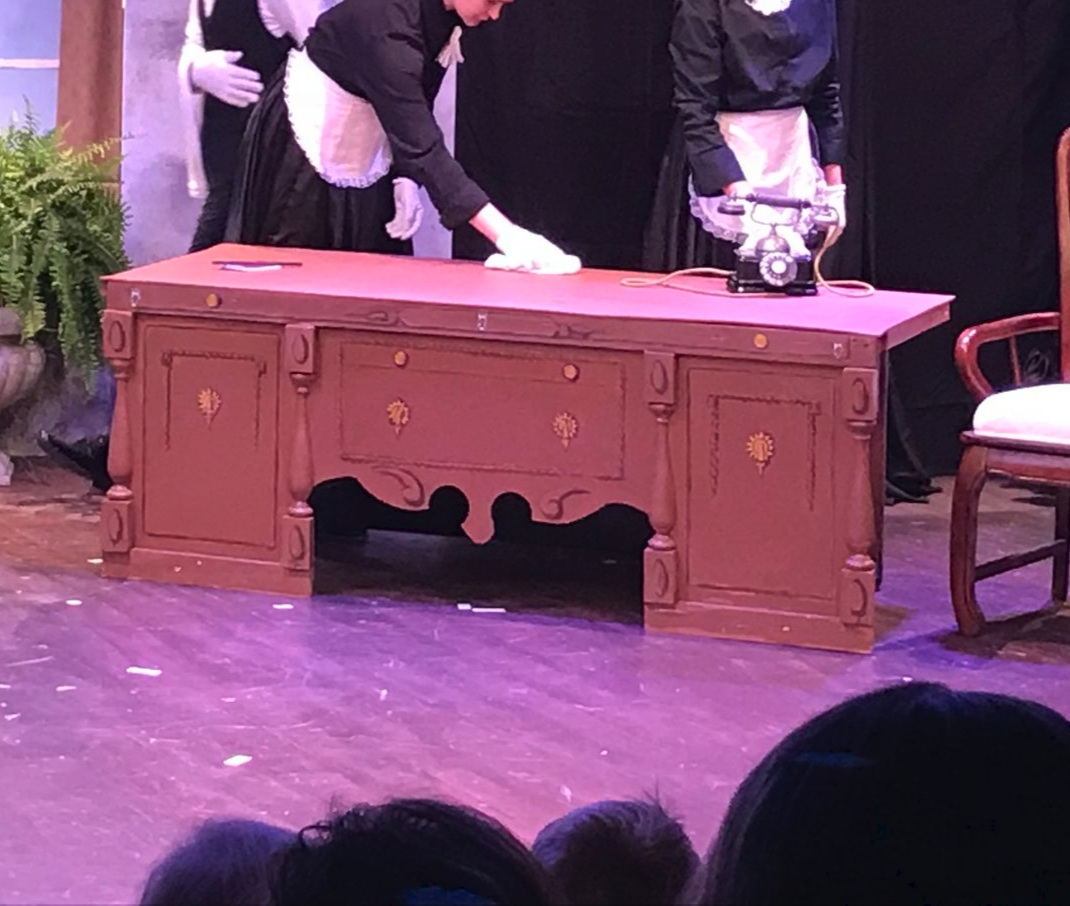Sant' Antimo (Tuscany) painting complete
/It took longer than I would have wanted to finalize my latest landscape painting of Tuscany, but I am really pleased with the final. Picking up from my prior post about this painting, here are a couple of additional progress shots: Continuing work to further articulate the background landscape:
...and here I begin to work on the Abbey:
Here, at last, is the final!
Sant' Antimo Abbey is a beautiful Romanesque (formerly Benedictine) monastery dating back to the 1100's. It is situated in the stunning landscape of the Montalcino commune, and rests about 10 km from the town of Montalcino, (home of the gorgeous Rosso di Montalcino and Brunello wines).
In springtime the landscape of Montalcino and surrounds are strewn with poppies and other wildflowers, and the hillsides are often touched with the soft yellows and greens of golden broom.
I have a lot of reference photos of this abbey from my visit there several years ago. But I particularly like this view, which shows the focal point as a hint of the abbey in its lovely setting, but doesn't scream "portrait of a building". I also enjoy the point of view, which puts the viewer firmly on the pathway beneath the tall cypress trees, and nearly eye level with the abbey, adding to the sense of "being there".
























